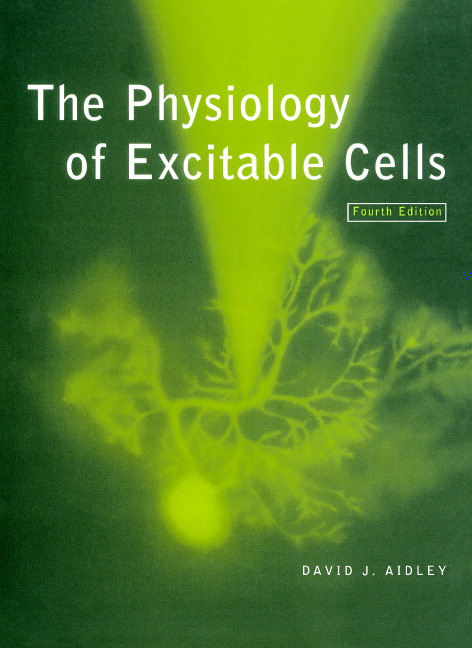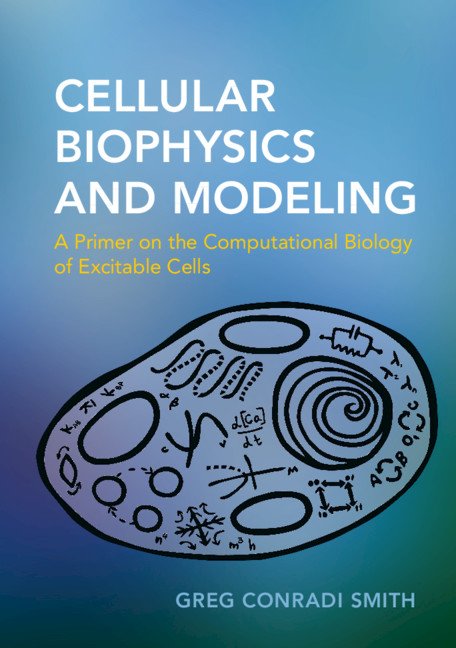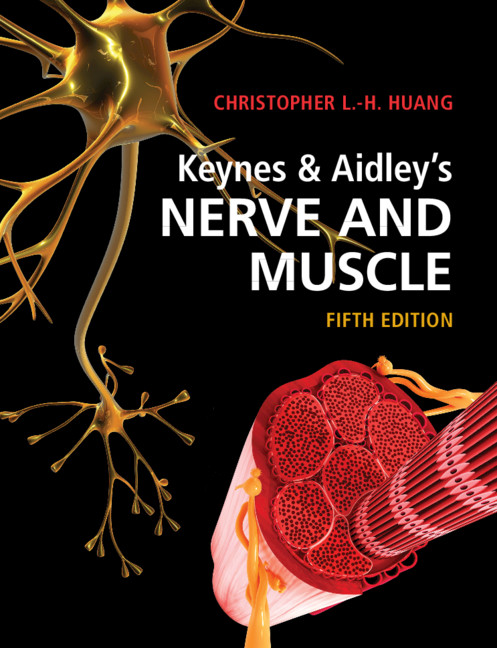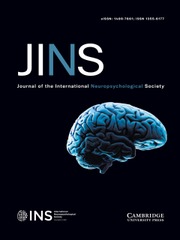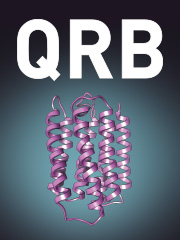The Physiology of Excitable Cells
The fourth edition of this highly successful text has been extensively revised and restructured to take account of the many recent advances in the subject and bring it right up to date. The classic observations of recent years can now be interpreted with the powerful new techniques of molecular biology. Consequently there is much new material throughout the book, including many new illustrations and extensive references to recent work. Its essential philosophy remains the same, though: fundamental concepts are clearly explained, and key experiments are examined in some detail. This textbook will be used by students of physiology, neuroscience, cell biology and biophysics. Specializing undergraduates and graduates as well as lecturers and researchers will find the text thorough and clearly written.
- 40000 copies sold in previous three editions, a classic textbook for upper level undergraduates and graduate students
- The most up-to-date and clearly written textbook available (900 new references, includes advances in molecular biology, clearer structure)
- Covers a broad scope: nerve, sensory and muscle cells, with theory emphasized by key experimental evidence
Reviews & endorsements
'This book provides a good overview of the subject matter. It includes discussion of a number of historically important experiments and data from a wide variety of species that will be of special interest to students and those seeking a broader context for recent advances in our knowledge of this subject. The numerous diagrams are clear, and often serve to clarify concepts presented in the text. The author's writing style is excellent - he has attained that delicate balance between including sufficient detail to interest knowledgeable readers, while maintaining exceptional clarity so that the book can be comprehended by those new to the field.' Quarterly Review of Biology
Product details
September 1998Paperback
9780521574211
492 pages
250 × 186 × 26 mm
1.142kg
480 b/w illus. 24 tables
Available
Table of Contents
- Preface
- Part A. Foundations:
- 1. Introduction
- 2. Electrophysiological methods
- 3. The resting cell membrane
- Part B. Nervous Conduction:
- 4. Electrical properties of the nerve axon
- 5. The ionic basis of nervous conduction
- 6. Voltage-gated channels
- Part C. Synaptic Transmission:
- 7. Fast synaptic transmission
- 8. Neurotransmitter-gated channels
- 9. Slow synaptic transmission
- 10. Synthesis, release and fate of neurotransmitter
- 11. Learning-related changes at synapses
- 12. Electrotonic transmission and coupling
- Part D. Sensory Cells:
- 13. The organization of sensory receptors
- 14. Mechanoreceptors
- 15. Photoreceptors
- 16. Chemoreceptors
- 17. Some other sensory receptors
- Part E. Muscle Cells:
- 18. Mechanics and energetics of muscle
- 19. The contractile mechanism of muscle
- 20. Activation of muscular contraction
- 21. Varieties of muscle design
- References
- Index.

